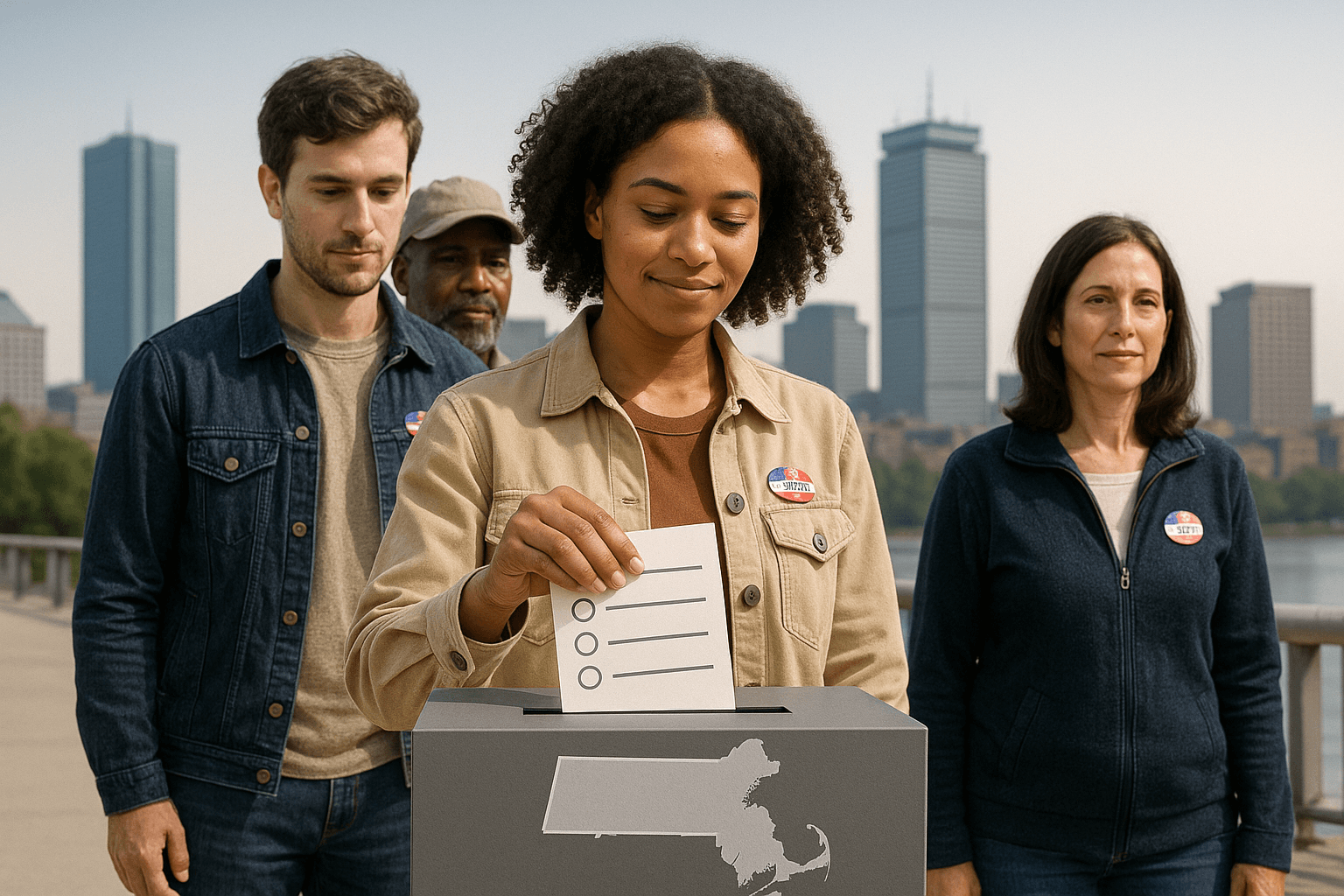The New Face of Poverty in America: Service Members and Veterans

As service members approach the looming fiscal year with uncertainty, a recent survey from Feeding America found that a quarter of the families that their food banks serve are military families and 20 percent of veterans depend on food banks and other charities to provide for their families as well. High ranking military officials have called the accuracy of these numbers into question, but it's clear that the situation isn't going to get any easier for military families.
This situation is nothing new. For decades, base pay for enlisted military members has hovered around the poverty line, as defined by the Department of Health and Human Services.
In addition, military members are often stationed in areas that have a very high cost of living, such as Southern California, Washington, D.C., the Eastern Seaboard, and Hawaii.Married service members will get allowances for housing, but it's not uncommon for these allowances to fall well short of actual housing costs, despite assurances from government officials to the contrary. Given these situations, it makes sense that more military families are forced to look to food banks and charities to survive.
Critics have called the survey's methodology into question. They say that it doesn't differentiate between National Guard or reservist families who, along with veterans, typically experience more periods of financial hardship while in transition than active duty troops, thereby making the numbers seem much higher than they are. However, food bank operators aren't buying it.
In Southern California alone, the use of food bank programs by military members has increased 40 percent since the beginning of the recession 6 years ago. It's become so common that many bases now have food distributions on the base, or within walking distance.
Military families will endure the weather to line up for hours before the doors open, sometimes in the dark, in hopes of getting a few bags of food to help bridge the month's gap.
During a recent Facebook town-hall style meeting held by General Martin Dempsey, chairman of the Joint Chiefs of Staff, I asked the general the following question:
"Statistics show that about a quarter of service members rely on food bank programs to make ends meet while the coming fiscal year sees them receiving cost of living pay increases that are less than the yearly rate of inflation, meaning that their paychecks aren't going as far. Sir, what response do you have for those who say that service members are the new face of poverty in America?"
"I very much understand that some American families, both civilian and military, continue to face financial hardships," Dempsey replied. "That said, our service members are not the new face of poverty, and the recently reported estimates of military households served by food assistance programs are inaccurate."
"Our service members and their families are our most valued asset, and I remain committed to caring for them and ensuring they are adequately compensated for their jobs and sacrifices. In addition to our broad pay and compensation package, quality of life programs and services and non-pay benefits, we have numerous programs in place to assist those whose family situation places them in extraordinary need."While this answer sounds good on the surface, the reality "on the ground" for enlisted families doesn't support it and there are multiple reasons why.
Frequent moves, often to areas with a high cost of living, make the employment of military spouses quite difficult. Military members, especially the junior troops, also tend to marry and have families much younger than their civilian counterparts, meaning that they have a lower income with more mouths to feed.
At the same time, military members have received smaller and smaller yearly pay increases, forcing them to do more with less. This past year saw the smallest raise in more than 50 years, not coming anywhere close to the rate of inflation, and the coming year is promising more of the same.
While no one joins the military to become rich, no one joins expecting to rely on charity to feed their children either. If something doesn't change, poverty among the force could turn into a major retention problem.
Photo Source: Ventura County Star



